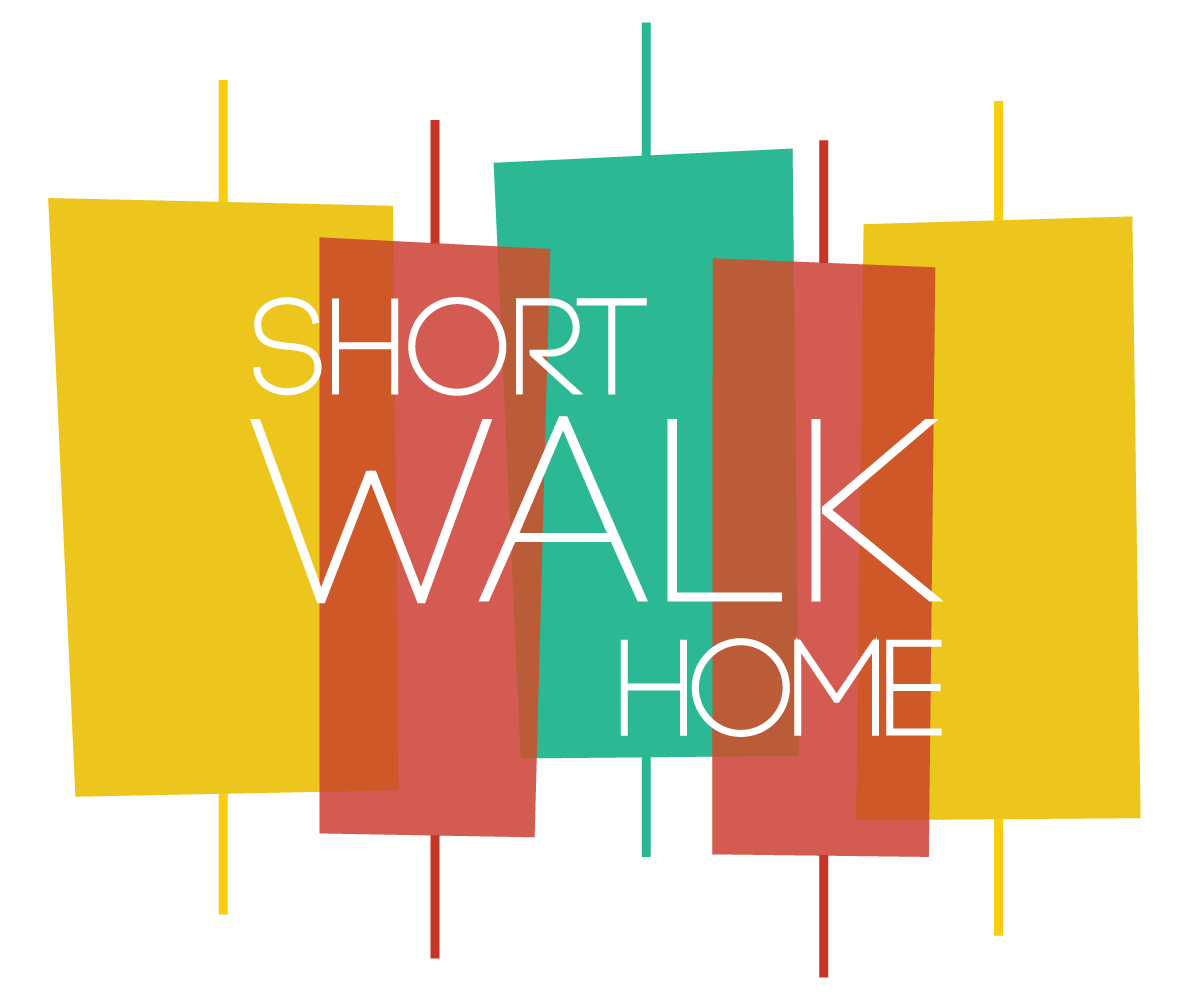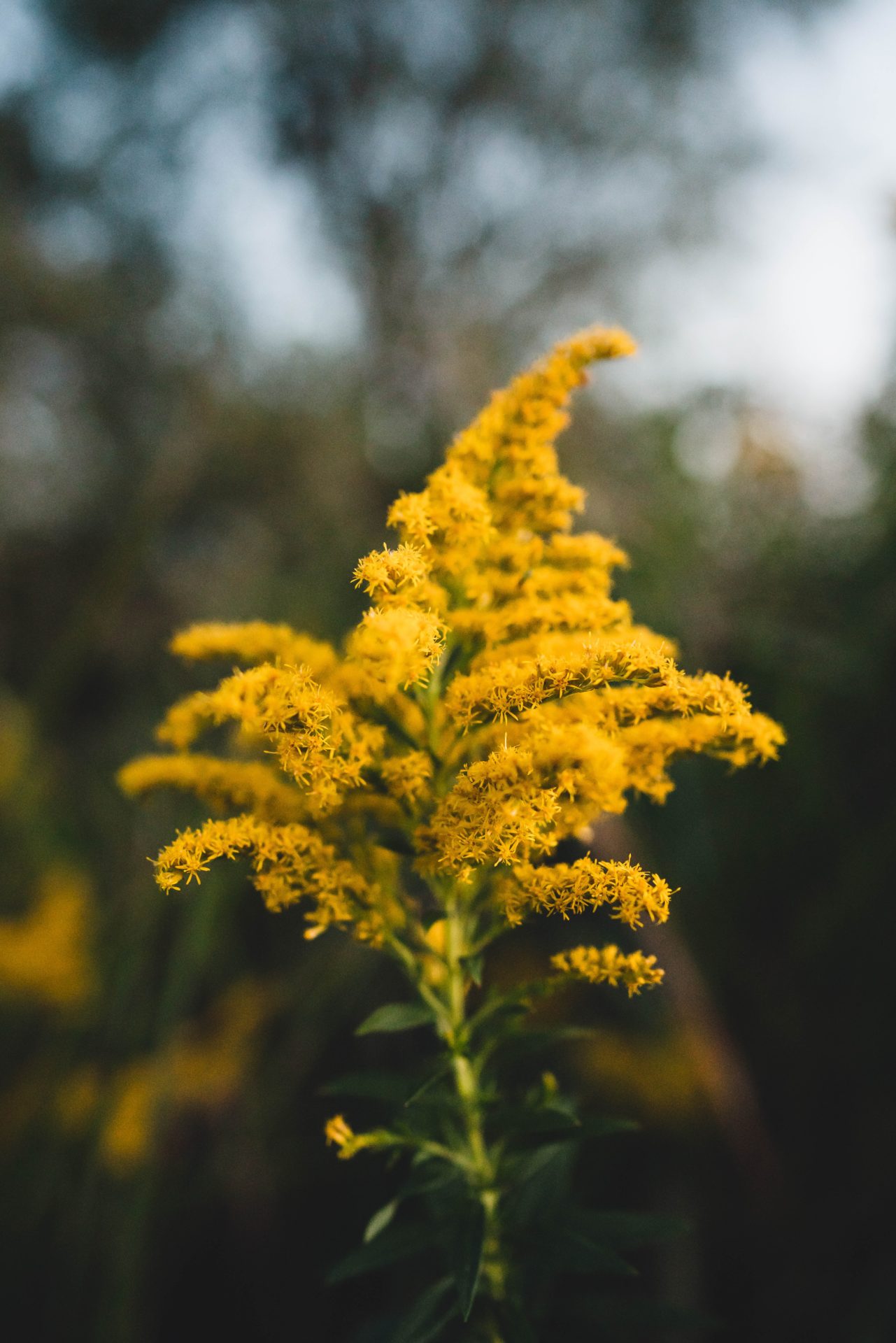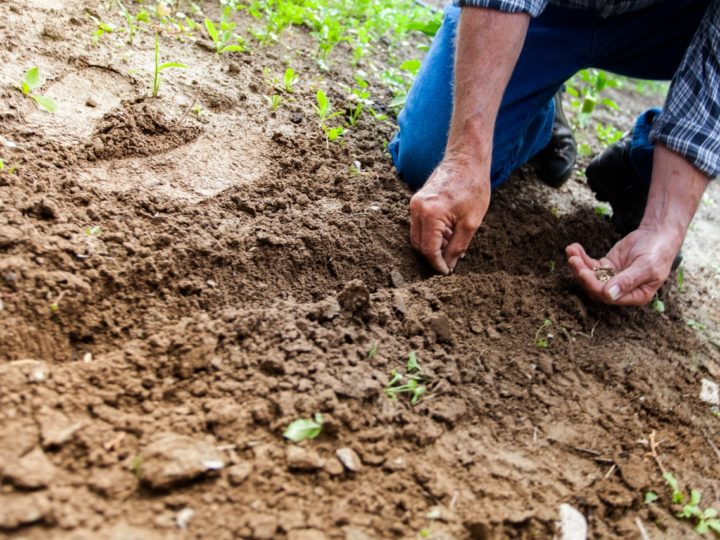I’m just buzzing with excitement. Pardon the biting pun but I can’t help myself. I’m sweet on a new-to-me-hobby… beekeeping!
Bees have been on my mind for years. I remember growing up on a farm in central Indiana, a honey bee got caught in my hair and stung my head. I remember this so vividly not because it hurt, but because when I was a kid there were so many honey bees flying around you had to dodge ‘em to not get stung. Today, there is such a noticeable absence of our honey bees. It’s not breaking news that there is a severe shortage of honey bees worldwide.
This topic is near and dear to me because it also relates back to my work in real estate. I can say with much confidence, as more people start to care about the environment, they are looking for property and land that lends itself to urban agriculture.
My husband and I have talked about beekeeping for a long time. It’s a little intimidating at first but there are so many resources available for help. We decided to dip our toe into the honey and join the Mecklenburg Beekeeping Association. At our first meeting, we were in awe of all the people interested in and knowledgeable about bees. You can even just provide land and other people will take care of the bees for you. They do offer a beekeeping class, but this year’s course is over. NC State offers online courses. You can learn more and enroll here.
Honey bees are so critical to food production. They pollinate a staggering 70% of the crops that feed people, according to Greenpeace. The USDA says that amounts to $15 billion worth of crops in the U.S. each year, including more than 130 types of fruits, nuts and vegetables. One of my favorite sources for environmental news is EcoWatch (there’s a permanent link to it on my home page). In their article on bees, they say certain crops rely almost entirely on honey bees, like cherries, blueberries and almonds.
You don’t have to have your own hive to support the bee and pollinator population. The main thing to do is to plant beautiful flowers (oh, darn, if you insist!). Bees are most attracted to perennials with blue, yellow or purple petals. One plant in particular, goldenrod, is fantastic for attracting bees and butterflies. You can read more about it in this blog from Carolina Honeybees.
There are some fantastic greenhouses and garden centers around town where experts can help you pick out the perfect perennials to help the honey bees.
Here are some I can confidently recommend:
Whether you have a big yard or the perfect little sun-soaked balcony, you can grow food for honey bees and the honeys in your family. There’s something satisfying about eating food that you’ve grown yourself. I wrote about it back in the spring in this previous blog about gardening.
Consider planting a permaculture garden, which considers the natural ecosystem using native plants that build up the soil quality through time. Cultivating a garden is not only good for our climate, it can be good for resale value!





